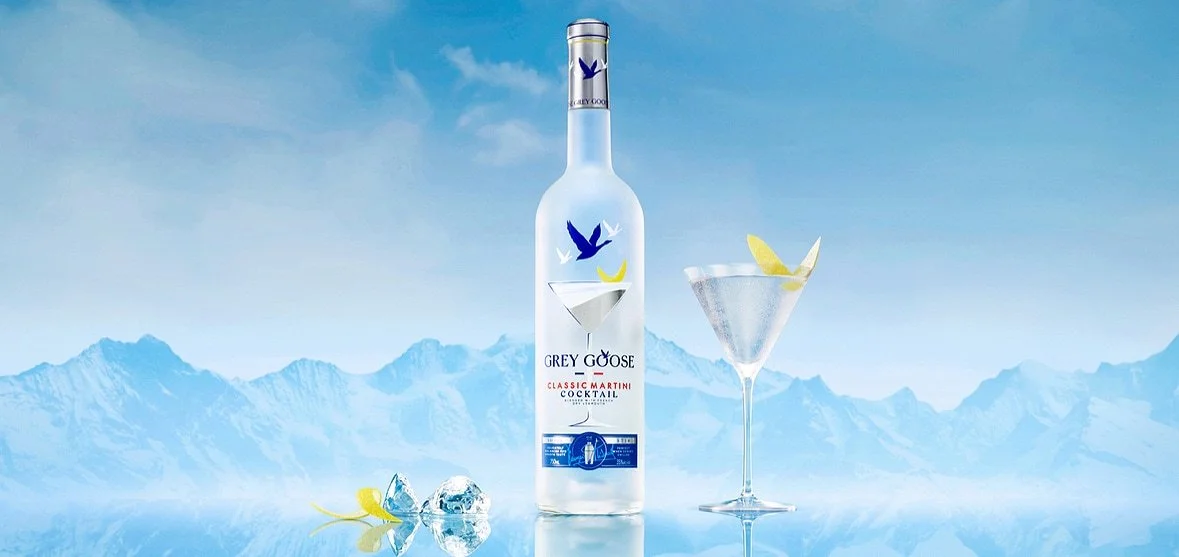A Parisian patina
In his Consumer Behavior Lab podcast, Richard Shotton discusses the magic of Grey Goose Vodka.
Vodka in its rawest form is almost an anti-sensory experience, lacking in color, flavor, or smell. As Shotton and his co-host explain, you’re really drinking the branding.
Grey Goose wanted to differentiate itself from traditional Russian vodkas and Sweden’s Absolut, which was dominating the market in the late 1990s. The founder’s angle was to capitalize on the associations we have between France and gustatory sophistication.
The brand is almost entirely the packaging. There is a French flag on the bottle. The bottle also is frosted, which gives it a premium patina. They used a replaceable cork, like in a wine bottle. They originally shipped the bottles to bars in wooden crates (not cardboard boxes) so that bartenders would credit the brand with attention to detail.
They also made the brand available to the right kind of people, giving it away to any charity that wished to serve vodka at its events. So, it became a brand that was seen at charity galas, where bluebloods hobnob with each other, and in turn it gained some extra elite credentials.
By 2004, Grey Goose sold a million cases. Four years later, Bacardi bought the brand for $2 billion. And today it remains one of the world’s great spirits brands.
The podcast also mentioned, parenthetically, Häagen-Dazs, that legendary Danish ice cream that was created in…The Bronx. Again, the founders wanted to give the brand a high-class image so they went with the Scandinavian angle. The brand name sounds like a Danish word, although it isn’t --- the Danish language doesn’t even use umlauts. But that brand has gone a lot further than it probably would have if it had been marketed as an ice cream from The Bronx.

